
William Washington Beaudine was an American film director. He was one of Hollywood's most prolific directors, turning out a remarkable 179 feature-length films in a wide variety of genres.

Edgar Livingston Kennedy was an American comedic character actor who appeared in at least 500 films during the silent and sound eras. Professionally, he was known as "Slow Burn", owing to his ability to portray characters whose anger slowly rose in frustrating situations.
Phonofilm is an optical sound-on-film system developed by inventors Lee de Forest and Theodore Case in the early 1920s.

Clyde Wilfred Cook was an Australian-born vaudevillian who went on to perform in Hollywood and whose career spanned the silent film era, talkies and television.

Wallace Archibald MacDonald was a Canadian silent film actor and film producer.
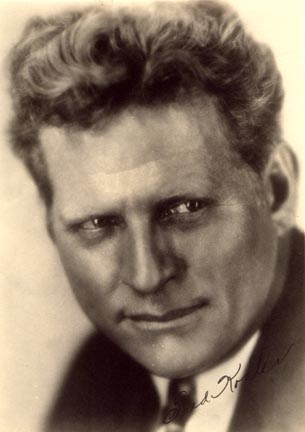
Fredrick Louis Kohler was an American actor.

Albert S. Rogell was an American film director. Rogell directed more than a hundred movies between 1921 and 1958. He was known for an aggressive directing style, shouting at his actors and crew.

Leonard Miles "Bud" Osborne was an American film actor. He appeared in more than 600 films and television programs between 1912 and 1963.

Harry C. Myers was an American film actor and director, sometimes credited as Henry Myers. He performed in many short comedy films with his wife Rosemary Theby. Myers appeared in 330 films between 1908 and 1939, and directed more than 50 films between 1913 and 1917.
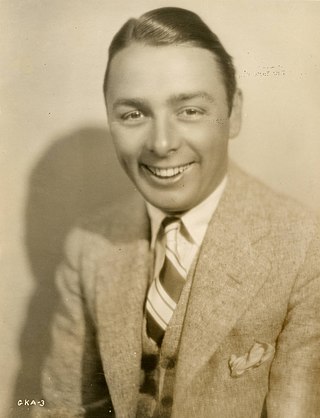
Arthur George Brest, known professionally as George K. Arthur, was an English actor and producer, born in Aberdeen, Scotland,. He appeared in more than 50 films between 1919 and 1935, and is best known as the diminutive half of the comedy team of Dane & Arthur.
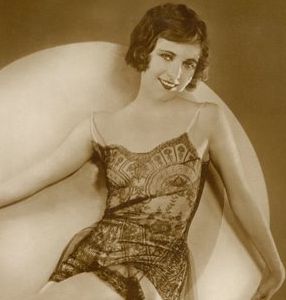
Frances Lee was an American film actress during Hollywood's silent film era, and well into the sound film era of the 1930s.

Syd Saylor was an American comedic actor and movie cowboy sidekick who appeared in 395 films and television series between 1926 and 1962.

The Winking Idol is a 1926 American silent Western film serial, consisting of 10 chapters, starring William Desmond and Eileen Sedgwick. Directed by Francis Ford, the screenplay was written by Arthur Henry Gooden, George Morgan and Charles E. van Loan. This serial was released by Universal Pictures and is considered to be a lost film.
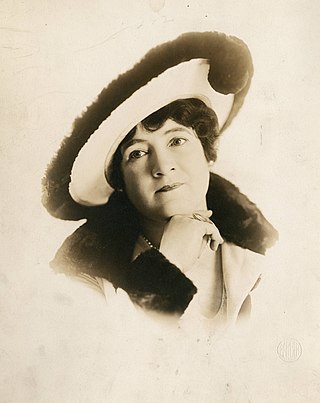
May Wallace was an American film actress.

Ira Harry Morgan was an American cinematographer. He successfully transitioned from silent movies to sound films.
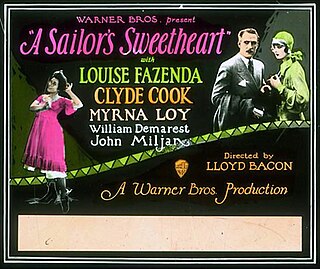
A Sailor's Sweetheart is a 1927 Warner Bros. synchronized sound film comedy directed by Lloyd Bacon. While the film has no audible dialog, it was released with a synchronized musical score with sound effects using the Vitaphone sound-on-disc process. It stars Louise Fazenda and Clyde Cook.

Adrienne Dore was an American actress, model, and beauty pageant winner. She was first runner-up in the Miss America 1925 pageant, competing as Miss Los Angeles. Dore went on to have a modest career in motion pictures before retiring in 1934.
Guns in the Dark is a 1937 American Western film directed by Sam Newfield and written by Charles F. Royal. The film stars Johnny Mack Brown, Claire Rochelle, Syd Saylor, Ted Adams, Dick Curtis, and Steve Clark. The film was released on May 13, 1937, by Republic Pictures.

Five and Ten Cent Annie is a 1928 American sound part-talkie comedy film directed by Roy Del Ruth and starring Louise Fazenda, Clyde Cook and William Demarest. In addition to sequences with audible dialogue or talking sequences, the film features a synchronized musical score and sound effects along with English intertitles. The soundtrack was recorded using the Vitaphone sound-on-disc system.

















